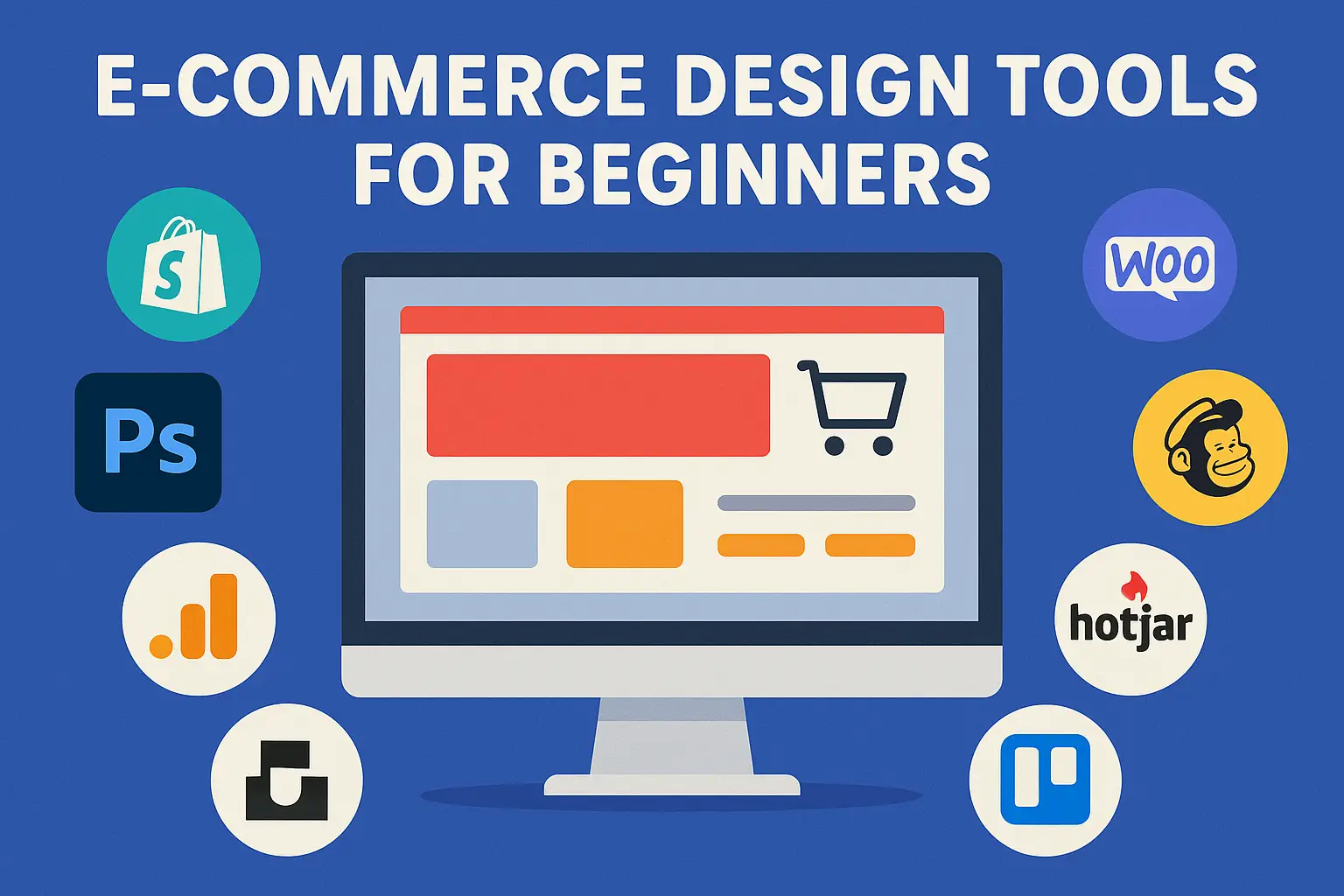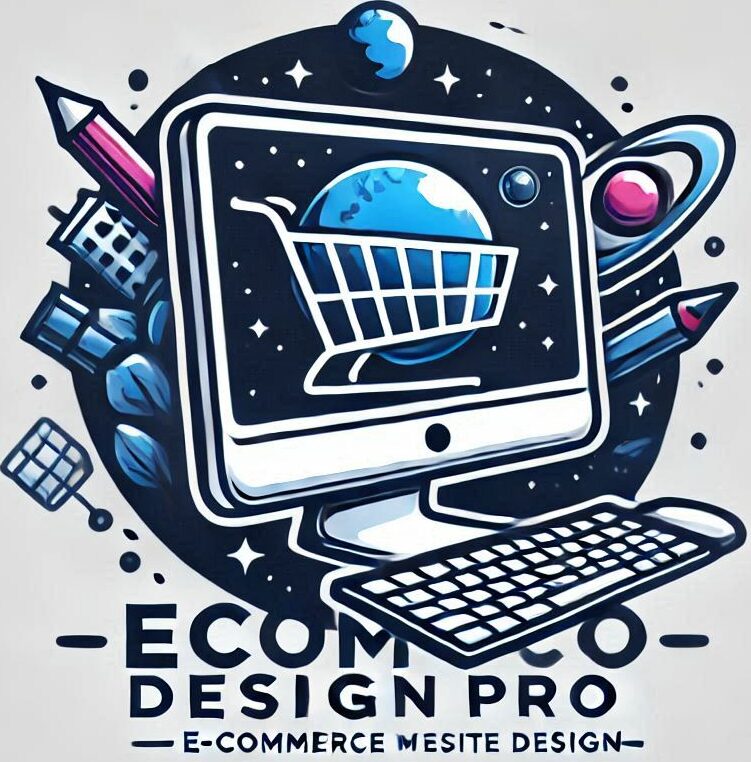
Top 10 Essential E-commerce Design Tools for Beginners
E-commerce has become an integral part of the modern business landscape, with more and more businesses turning to online platforms to reach a wider audience and increase their sales. As a beginner in the world of e-commerce, it can be overwhelming to navigate through the various design tools available. However, having the right tools at your disposal can make all the difference in creating a successful and visually appealing online store. In this article, we have compiled a list of the top 10 essential e-commerce design tools for beginners.
1. Shopify
Shopify is a popular e-commerce platform that offers a user-friendly interface and a wide range of design templates to choose from. It also has a drag-and-drop feature, making it easy for beginners to customize their online store without any coding knowledge. With Shopify, you can also manage your inventory, process payments, and track orders all in one place.
2. WooCommerce
WooCommerce is a free WordPress plugin that allows you to turn your WordPress website into an e-commerce store. It offers a variety of design options and is highly customizable, making it a great choice for beginners. It also has a large community of users, making it easy to find support and resources when needed.
3. Canva
Canva is a popular graphic design tool that offers a wide range of templates, fonts, and images to create stunning visuals for your e-commerce store. It also has a user-friendly interface, making it easy for beginners to design professional-looking graphics without any design experience.
4. Adobe Photoshop
Adobe Photoshop is a powerful design tool that allows you to create and edit images, graphics, and logos for your e-commerce store. While it may have a steeper learning curve, it offers advanced features and customization options for those looking to take their design to the next level.
5. Google Analytics
Google Analytics is a must-have tool for any e-commerce store. It provides valuable insights into your website traffic, user behavior, and sales data. With this information, you can make informed decisions about your design and marketing strategies to improve your online store’s performance.
6. Mailchimp
Email marketing is an essential aspect of e-commerce, and Mailchimp is a popular tool for creating and managing email campaigns. It offers customizable templates, automation features, and detailed analytics to help you reach and engage with your target audience effectively.
7. Hotjar
Hotjar is a user behavior analytics tool that allows you to track how visitors interact with your website. It provides heatmaps, recordings, and surveys to help you understand how users navigate your site and identify areas for improvement in your design and user experience.
8. Unsplash
Unsplash is a free stock photo website that offers high-quality images for commercial use. It has a vast collection of photos that you can use to enhance the visual appeal of your e-commerce store without breaking the bank.
9. Hootsuite
Social media is a crucial aspect of e-commerce, and Hootsuite is a social media management tool that allows you to schedule and manage your social media posts across multiple platforms. It also offers analytics to track your social media performance and engagement.
10. Trello
Trello is a project management tool that can help you stay organized and on top of your e-commerce design tasks. It allows you to create boards, lists, and cards to track your progress and collaborate with team members if needed.
In conclusion, having the right e-commerce design tools can make a significant impact on the success of your online store. Whether you are a beginner or an experienced e-commerce entrepreneur, these top 10 essential tools can help you create a visually appealing and user-friendly online store that will attract and retain customers. So, take the time to explore and experiment with these tools to find the ones that work best for your e-commerce business.
Maximizing Your E-commerce Design with These Must-Have Tools
In today’s digital age, having a strong online presence is crucial for any business. With the rise of e-commerce, more and more businesses are turning to online platforms to sell their products and services. However, creating an effective and visually appealing e-commerce website can be a daunting task, especially for beginners. Luckily, there are a plethora of design tools available that can help simplify the process and elevate your e-commerce website to the next level. In this article, we will explore the ultimate list of e-commerce design tools for beginners that will help you maximize your online store’s potential.
First on our list is Canva, a user-friendly graphic design platform that offers a wide range of templates, images, and fonts to create stunning visuals for your e-commerce website. Canva’s drag-and-drop interface makes it easy for beginners to design professional-looking graphics without any prior design experience. With Canva, you can create eye-catching banners, product images, and social media posts to promote your online store and attract potential customers.
Next up is Adobe Photoshop, a powerful photo editing software that is a staple for many professional designers. While it may seem intimidating at first, Photoshop offers a wide range of tools and features that can help you create high-quality product images for your e-commerce website. From adjusting colors and lighting to removing backgrounds and adding text, Photoshop allows you to enhance your product images and make them stand out to potential customers.
Another essential tool for e-commerce design is Shopify. This all-in-one e-commerce platform not only allows you to create and manage your online store, but it also offers a variety of design templates and customization options. With Shopify, you can easily create a visually appealing and user-friendly website without any coding knowledge. It also offers features such as inventory management, payment processing, and marketing tools to help you run your online store efficiently.
For those looking to add a personal touch to their e-commerce website, Wix is a great option. This website builder offers a variety of customizable templates and drag-and-drop features that make it easy for beginners to design their own website. Wix also has a built-in e-commerce platform, making it a one-stop-shop for all your website needs. With Wix, you can create a unique and personalized website that reflects your brand’s identity.
In addition to design tools, it’s essential to have a reliable platform for managing your online store’s inventory and orders. This is where tools like WooCommerce come in. This open-source e-commerce plugin for WordPress allows you to create and manage your online store, track inventory, and process orders seamlessly. With its user-friendly interface and extensive customization options, WooCommerce is a popular choice for many e-commerce businesses.
Another must-have tool for e-commerce design is Google Analytics. This free web analytics service provides valuable insights into your website’s traffic and user behavior. With Google Analytics, you can track your website’s performance, identify areas for improvement, and make data-driven decisions to optimize your e-commerce website. It also offers e-commerce tracking, which allows you to track sales, revenue, and conversion rates.
Last but not least, we have Hootsuite, a social media management tool that can help you promote your e-commerce website and engage with your audience. With Hootsuite, you can schedule posts, monitor social media activity, and analyze your social media performance. This tool is especially useful for e-commerce businesses as it allows you to connect with potential customers and drive traffic to your website through social media marketing.
In conclusion, having the right design tools is crucial for maximizing your e-commerce website’s potential. From creating stunning visuals to managing inventory and engaging with your audience, these tools can help you create a successful and visually appealing online store. So whether you’re a beginner or an experienced e-commerce business owner, be sure to add these must-have tools to your arsenal and take your online store to the next level.
From Beginner to Pro: The Ultimate List of E-commerce Design Tools
E-commerce has become an essential part of the modern business landscape, with more and more consumers turning to online shopping for their needs. As a result, having a well-designed and user-friendly e-commerce website is crucial for any business looking to succeed in the digital world. However, designing an e-commerce website can be a daunting task, especially for beginners who may not have a background in web design. Luckily, there are numerous design tools available that can help beginners create professional and visually appealing e-commerce websites. In this article, we will explore the ultimate list of e-commerce design tools for beginners.
First on our list is Shopify, a popular e-commerce platform that offers a user-friendly interface and a wide range of design templates. With Shopify, beginners can easily create an online store without any coding knowledge. The platform also offers various customization options, allowing users to personalize their website to fit their brand. Additionally, Shopify has a built-in payment system, making it easy for businesses to accept payments from customers.
Another popular e-commerce design tool is WooCommerce, a plugin for WordPress websites. WooCommerce offers a range of design templates and customization options, making it a great choice for beginners. The platform also has a user-friendly interface and integrates seamlessly with WordPress, making it easy to manage both the website and the online store in one place.
For those looking for a more advanced e-commerce design tool, Magento is a great option. While it may not be as beginner-friendly as Shopify or WooCommerce, Magento offers a wide range of features and customization options. It also has a robust community of developers and users, making it easy to find support and resources when needed.
Next on our list is Canva, a graphic design tool that is perfect for beginners. Canva offers a drag-and-drop interface and a wide range of design templates, making it easy for beginners to create professional-looking graphics for their e-commerce website. The platform also has a library of stock images and icons, making it easy to find the perfect visuals for your website.
For those looking to create a visually stunning e-commerce website, Adobe Creative Cloud is a must-have design tool. It includes popular design software such as Photoshop, Illustrator, and InDesign, which can be used to create custom graphics, logos, and other visuals for your website. While Adobe Creative Cloud may have a steeper learning curve, it offers endless possibilities for design and customization.
In addition to these design tools, there are also various website builders that offer e-commerce capabilities. Wix, Squarespace, and Weebly are popular options that offer drag-and-drop interfaces and a range of design templates. These website builders are perfect for beginners who want to create a professional-looking website without any coding knowledge.
When it comes to creating a user-friendly e-commerce website, user experience (UX) design is crucial. That’s where tools like Hotjar and Crazy Egg come in. These tools allow you to track user behavior on your website, such as where they click and how far they scroll. This information can help you identify any pain points in your website’s design and make necessary improvements to enhance the user experience.
Lastly, no e-commerce website is complete without a reliable email marketing tool. Mailchimp and Constant Contact are popular options that offer a range of features, including email automation, customizable templates, and analytics. These tools can help businesses stay connected with their customers and drive sales through targeted email campaigns.
In conclusion, designing an e-commerce website may seem like a daunting task for beginners, but with the right tools, it can be a smooth and enjoyable process. From website builders to graphic design software, there are numerous options available to help beginners create professional and visually appealing e-commerce websites. By utilizing these tools, businesses can create a strong online presence and attract more customers to their online store.

